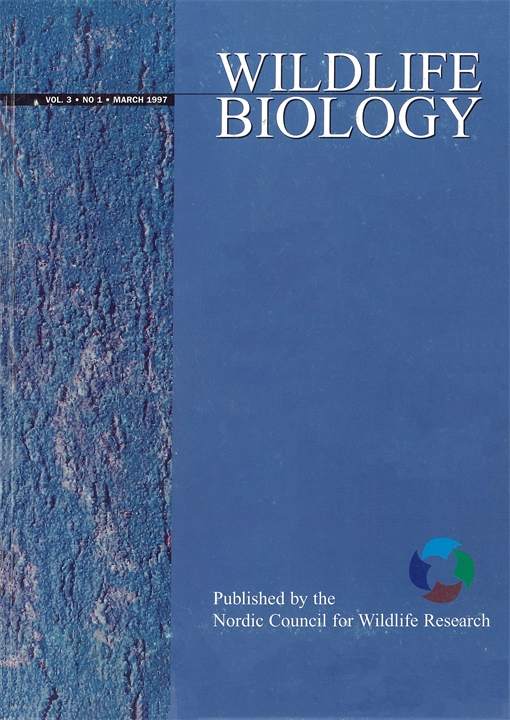In order to identify inter-dive intervals in diving ducks, i.e. the time spent regaining breath between consecutive feeding dives, the position of the tail, carpal joints and head was recorded in different behavioural categories for eight species on the southwestern coast of Norway in March. Inter-dive intervals are part of the feeding behaviour and are easily confused with the behavioural categories of swimming and loafing. During inter-dive intervals the ducks adopt a more or less hunch-backed position, preparing for the next dive. In this position the tail touches the water surface and the head is held in a more forward position than during loafing and swimming. Some species expose carpal joints in inter-dive intervals, while most of the wings are covered by the flank feathers during non-feeding behaviour. Logistic regressions showed that a near perfect classification was obtained from the position of the wings alone in common eider Somateria mollissima, velvet scoter Melanitta fusca, and long-tailed duck Clangula hyemalis. An almost equally good classification was obtained for the two last mentioned on the position of the tail, for scaup Aythya marila on the position of the head, and for red-breasted merganser Mergus merganser on the position of the head and the stretching of the neck. Less reliable classifications were obtained for goldeneye Bucephala clangula and tufted duck Aythya fuligula, whereas in common scoter Melanitta nigra none of the variables fulfilled the criteria for entering a logistic regression function.
How to translate text using browser tools
1 March 1997
Identifying inter-dive intervals in time-activity budget studies of diving ducks
Ingvar Byrkjedal

Wildlife Biology
Vol. 3 • No. 1
1997
Vol. 3 • No. 1
1997
behaviour
methodology
time-activity budgets
waterfowl




